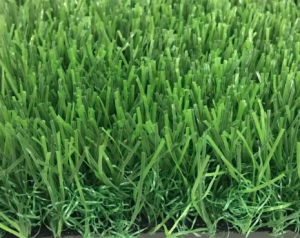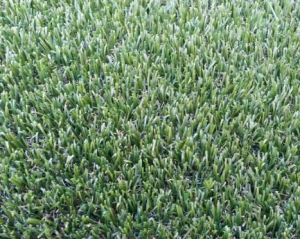Having a well-maintained garden is the dream of many homeowners. One of the key elements in creating a great-looking garden is choosing the right landscaping grass. Grass is not only a backdrop for plants and features, but also an important part of the overall design. In this article, we discuss the factors to consider when choosing landscaping grasses for your garden.
1. Climate: The first factor to consider is the climate in your area. Different grass types thrive in different climates. Some grasses are better suited to warmer climates, while others are more tolerant of colder temperatures. Research which grasses are suitable for your area's climate to ensure your garden has healthy, lush grasses year-round.
2. Maintenance: Another key factor to consider is the level of maintenance required to keep your grass in top condition. Some grasses, such as Bermuda grass, require frequent mowing, watering and fertilizing. These types of grasses can provide a beautiful, lush lawn if you have the time and resources to dedicate to maintenance. However, if you prefer a low-maintenance option, you can choose tall fescue or zoysia that require less watering and mowing.
3. Soil type: The type of soil in your garden plays an important role in the success of your landscaping grass. Some grasses, like St. Augustine grass, thrive in sandy soils, while others, like Kentucky bluegrass, prefer loamy soil. Do a soil test to determine its composition and pH. This information will help you choose the right grass variety for your specific soil type.
4. Shade tolerance: Consider the amount of sunlight your garden receives throughout the day. If your garden is heavily shaded, choose a grass variety known for its shade tolerance, such as Fine Fescue or Centipede grass. These grasses are better able to withstand limited sunlight and will still retain their green appearance.
5. Foot traffic: Assess the amount of foot traffic your garden may experience. If your children or pets often use the garden as a play area, consider grass varieties known for their durability, such as bermudagrass or perennial ryegrass. These grasses can withstand heavy use and are resistant to wear and tear.
6. Aesthetics: Finally, consider the aesthetic appeal of the grass. Different grass species have different textures, colors, and growth patterns. Determine the look you want to achieve in your garden and choose a grass species that complements your overall landscape design.
In conclusion, choosing the right landscaping grass for your garden requires careful consideration of various factors. Consider climate, maintenance requirements, soil type, shade tolerance, foot traffic, and aesthetics when making your decision. By choosing the right grass species, you'll be able to create a beautiful and manicured garden that will be the envy of your neighbors.
Post time: Jun-20-2023


